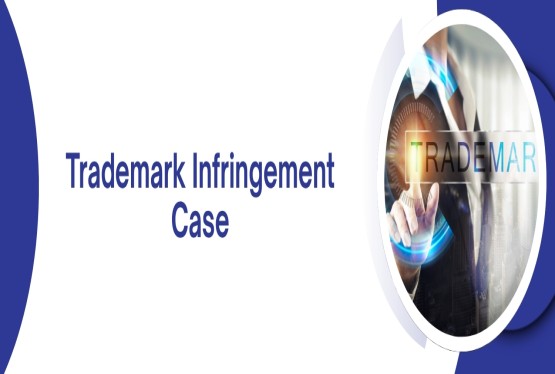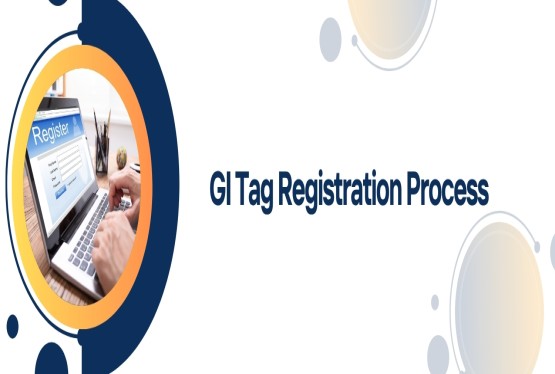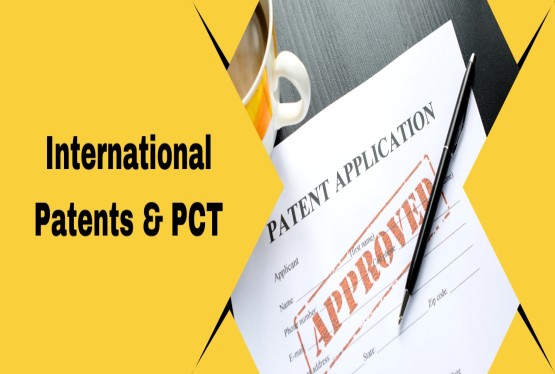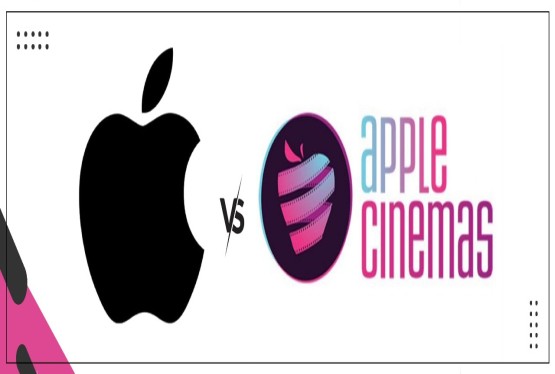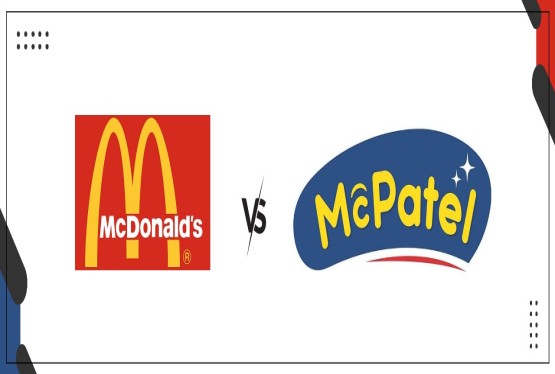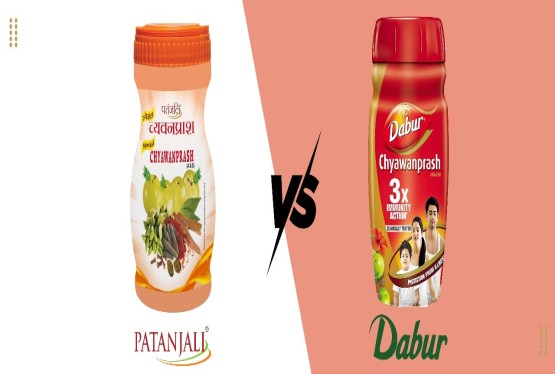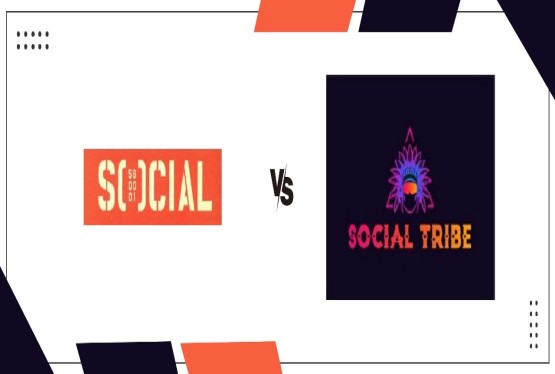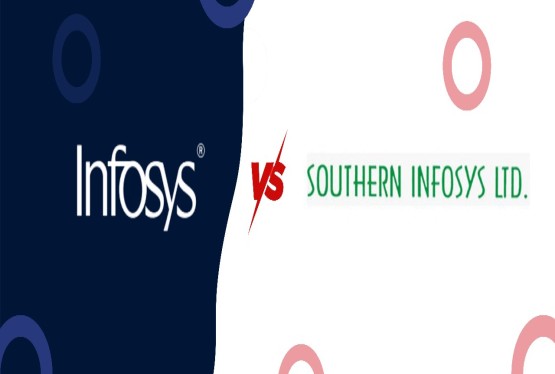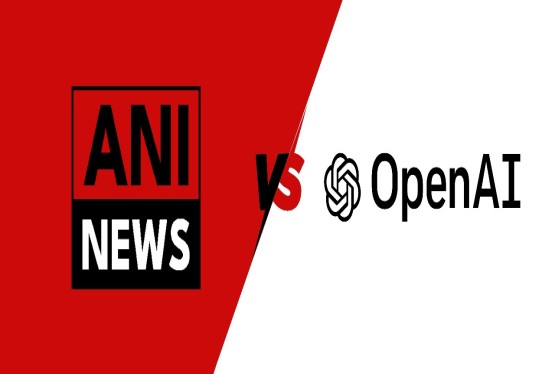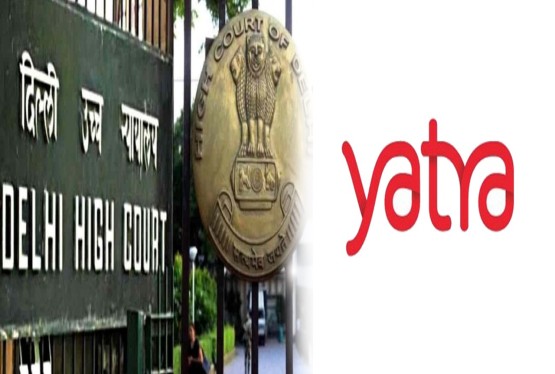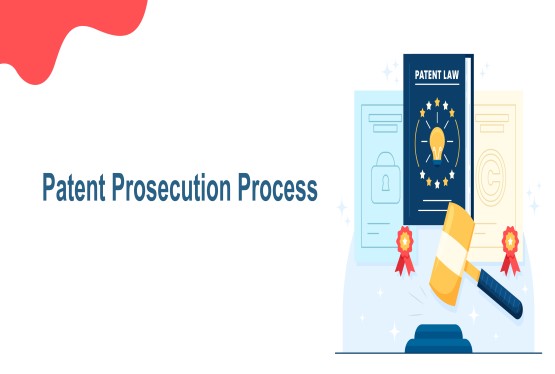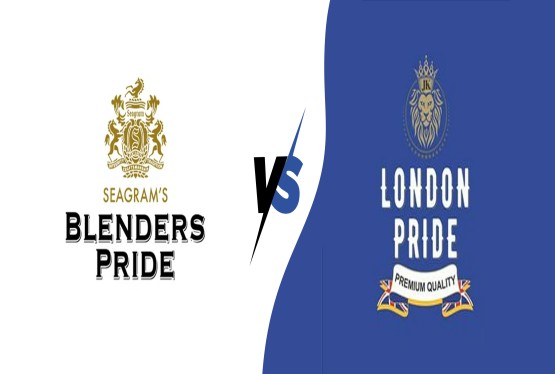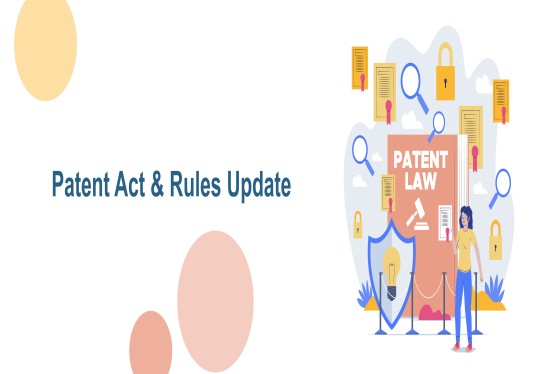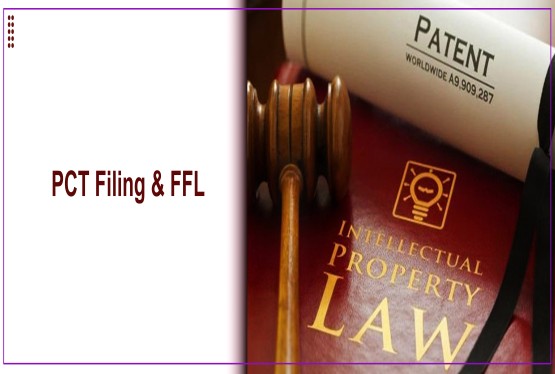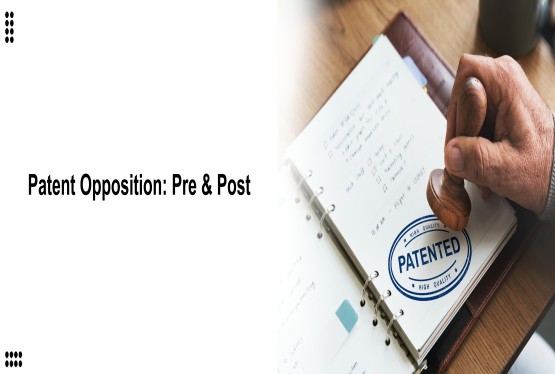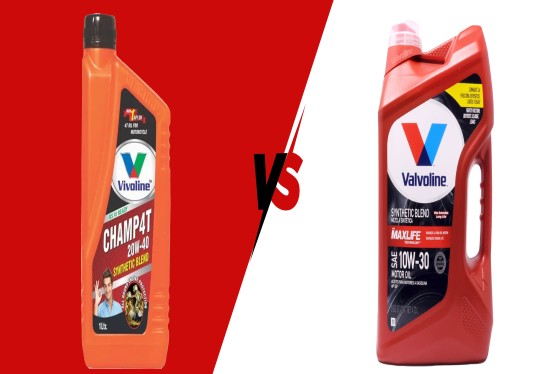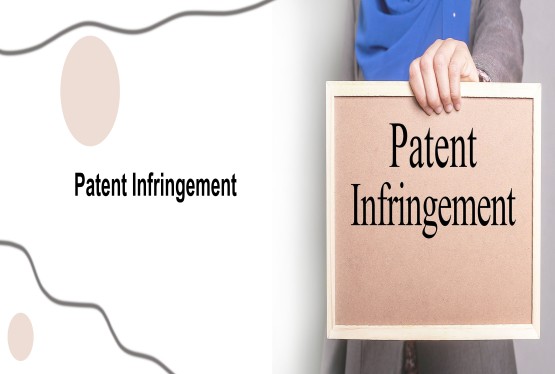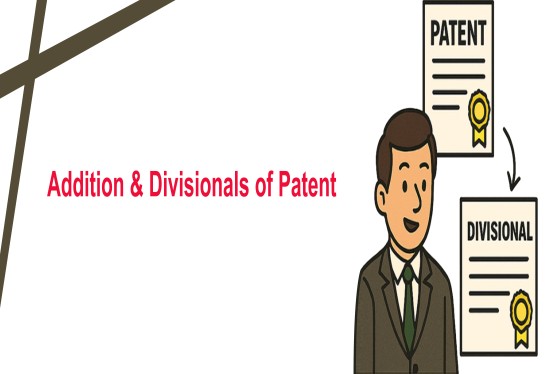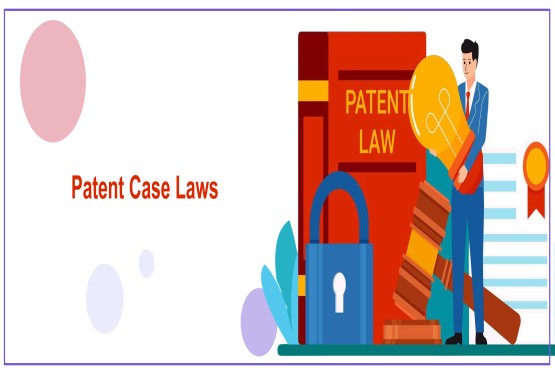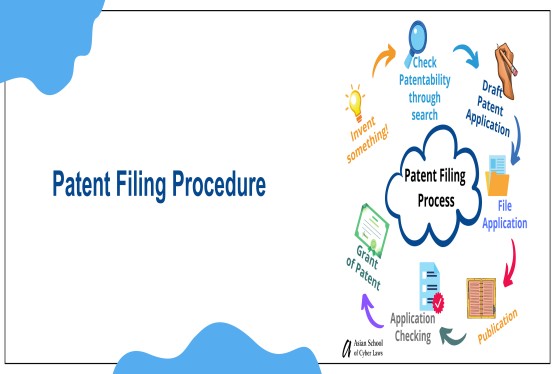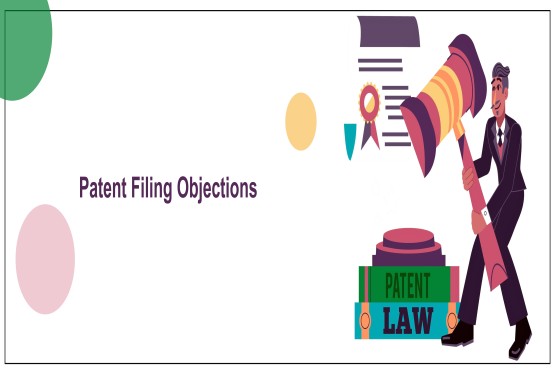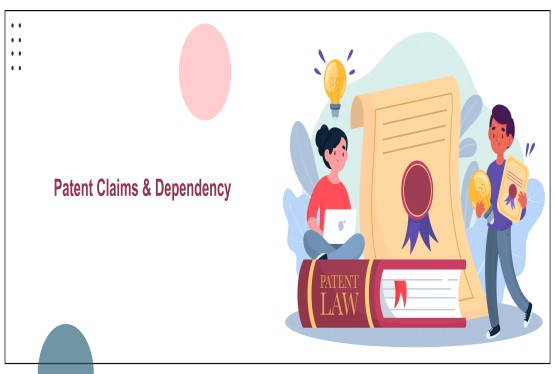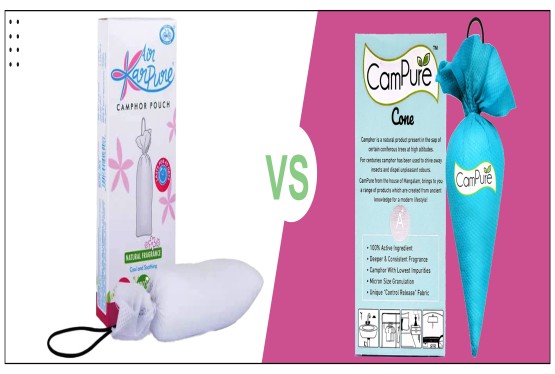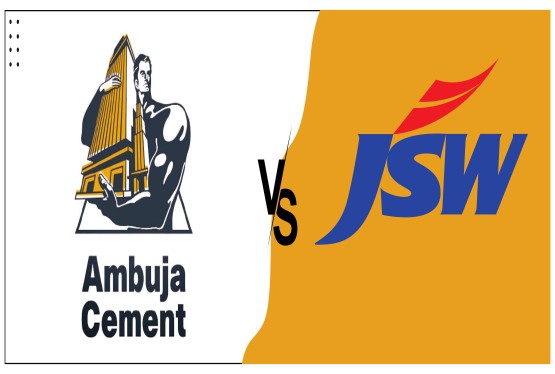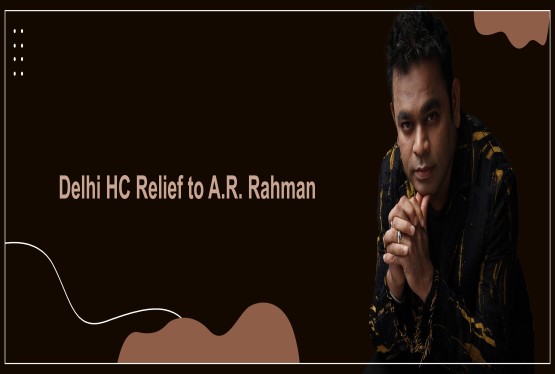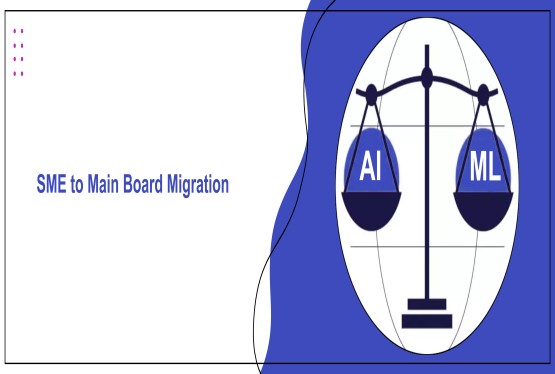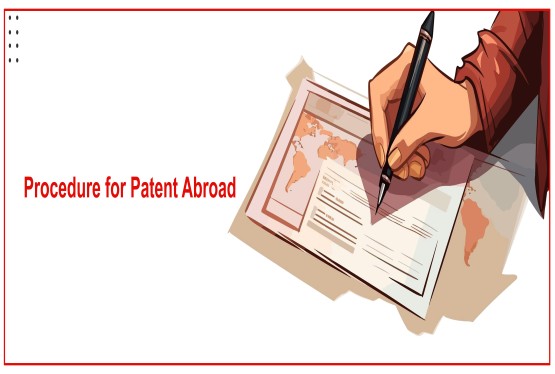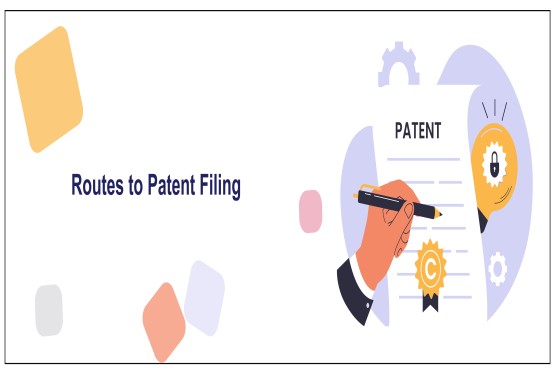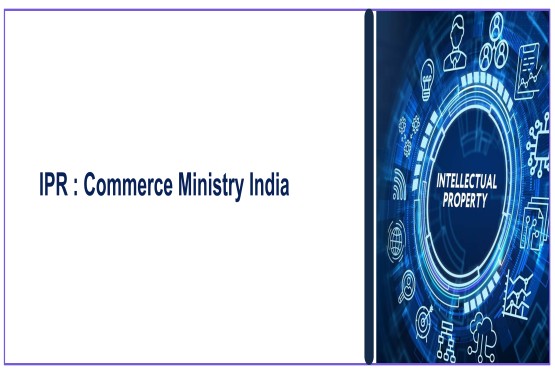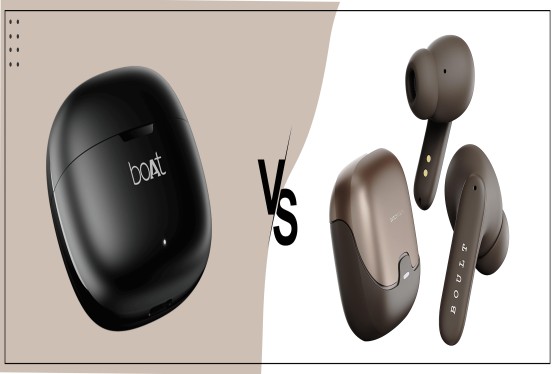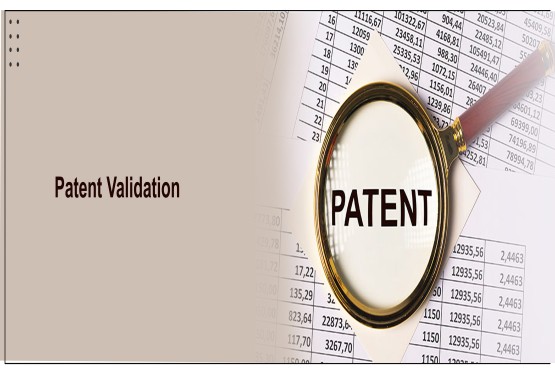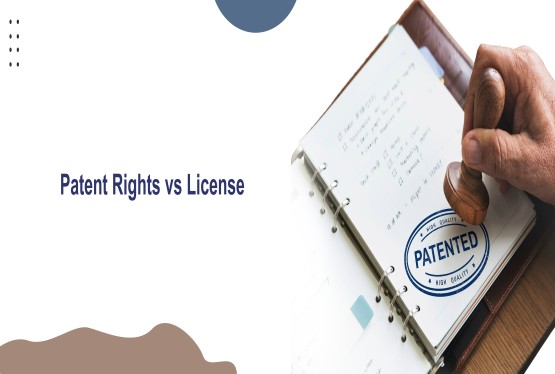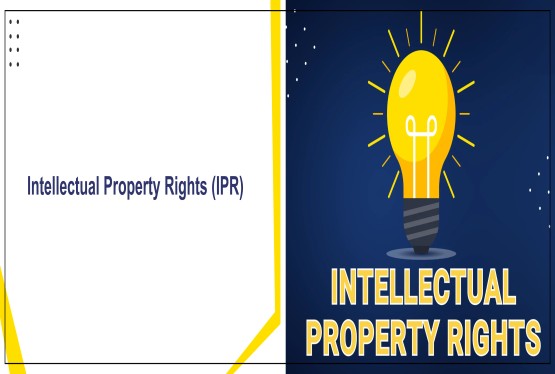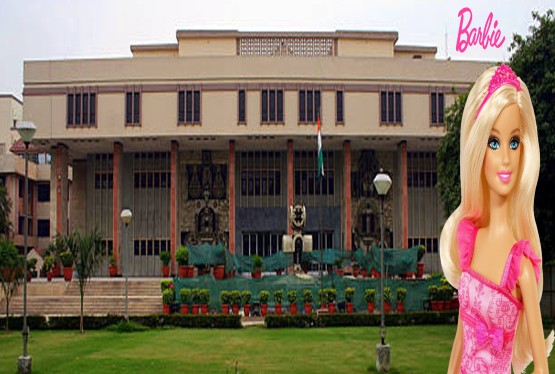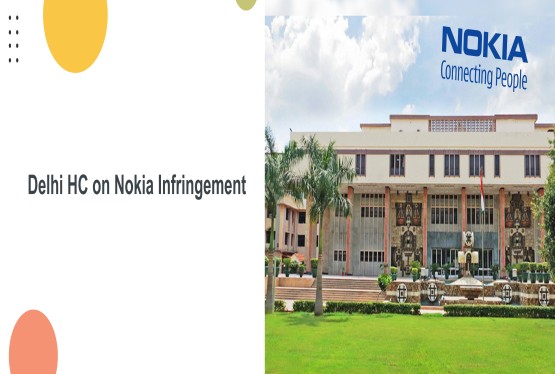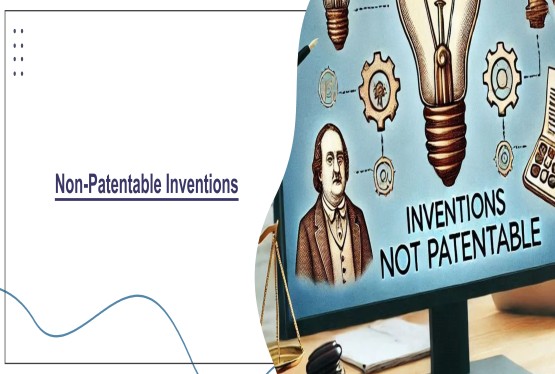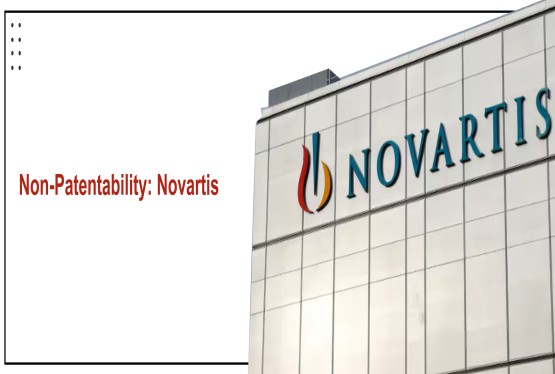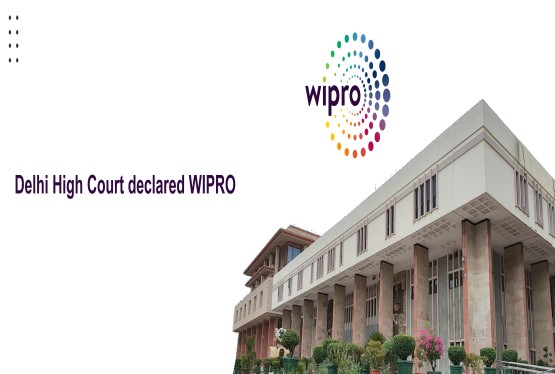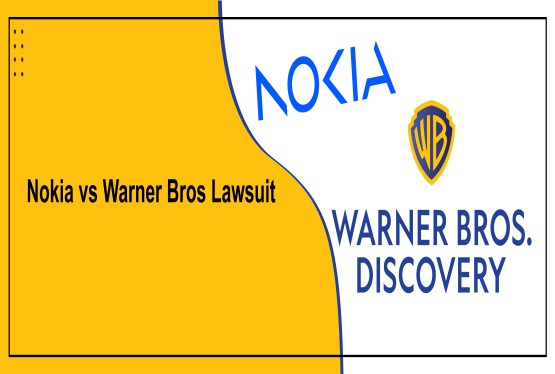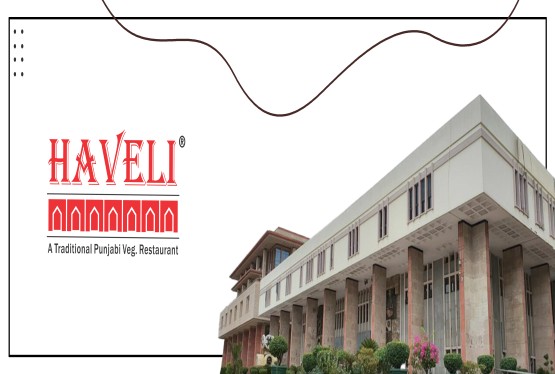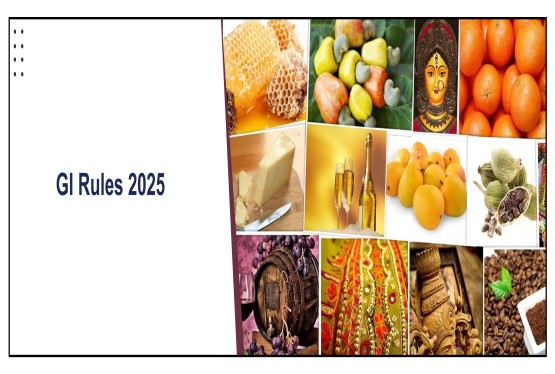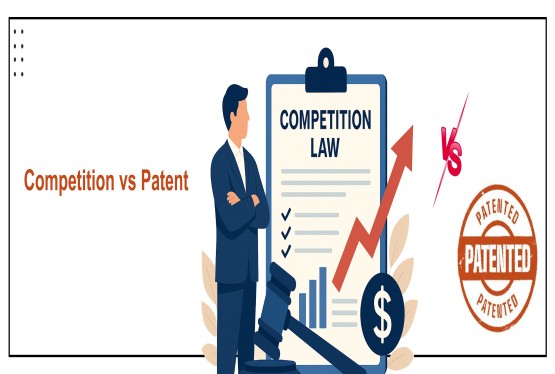The patent law provides inventors with legal protection for their innovations, ensuring exclusive rights over the invention for a specified period. Depending on the applicant’s business goals and geographical market, there are different types of patent applications available under Indian and international patent frameworks. The four primary categories are Ordinary Application, Convention Application, PCT (Patent Cooperation Treaty) Application, and National Phase Application. Each serves a distinct purpose and offers unique benefits, making it important for inventors to choose wisely based on their protection needs.
Learn more about Patent Registration.
Different Types of Patent Applications: Ordinary, Convention, PCT, and National Phase.
Ordinary Patent Application
An Ordinary Application (or direct application) is filed in the patent office without claiming priority from any earlier application. It is usually the first filing in respect of an invention. The date of filing becomes the priority date for that application. The applicant has to submit a complete specification (or a provisional specification followed by a complete one within 12 months). It is ideal for inventors who are seeking patent rights within one country only (e.g., India).
Convention Patent Application
A Convention Application is filed when an applicant has already filed a patent application in another country that is a member of the Paris Convention. To claim convention priority, the Indian application must be filed within 12 months from the date of the first application in the convention country. This allows inventors to use the earlier application’s filing date as the priority date in India. This system prevents competitors from filing in India for the same invention during the 12-month window. Example: If an inventor files in the USA first, they can file in India within 12 months as a Convention Application.
PCT Application (International Application)
A PCT Application is filed under the Patent Cooperation Treaty (PCT) administered by WIPO (World Intellectual Property Organization). It provides a single international filing system, allowing inventors to seek patent protection in multiple countries simultaneously. The PCT does not itself grant an international patent but streamlines the filing process. The key benefits are: Single application valid in over 150 contracting states. Provides an International Search Report (ISR) and Written Opinion for preliminary assessment. Defers the cost of filing separate national applications by up to 30/31 months from the priority date.
National Phase Patent Application
A National Phase Application is the stage where the PCT Application enters into individual countries for examination and grant. Each designated country examines the application based on its local patent law. Timeline: Must be filed within 30/31 months from the priority date. Example: After filing a PCT application, if an inventor wants protection in India, they must file a National Phase Application in India. Each country may grant or reject the application independently.
Final Word
The difference between Ordinary, Convention, PCT, and National Phase Patent Applications is crucial for developing an effective IP strategy. While an Ordinary Application is suitable for domestic filings, Convention Applications and the PCT system offer international protection with priority benefits. Ultimately, the choice depends on the inventor’s commercial goals, market expansion strategy, and budget. By aligning the type of patent application with business objectives, inventors can safeguard their innovations effectively on both national and international platforms.
FAQs
Q1. What is the difference between an Ordinary and a Convention Application?
Ans. An Ordinary Application is the first filing in a country without claiming priority, while a Convention Application claims priority from an earlier filing in a Paris Convention country within 12 months.
Q2. Does a PCT Application grant an international patent?
Ans. No. A PCT Application only simplifies the filing process. Each country still decides independently whether to grant a patent during the National Phase.
Q3. How much time do I have to enter the National Phase after a PCT Application?
Ans. You have 30 months (some countries allow 31 months) from the earliest priority date to file National Phase Applications.
Q4. Can I file directly in multiple countries without PCT?
Ans. Yes, by filing Convention Applications in each country within 12 months. However, the PCT route is generally more cost-effective and convenient.
Q5. Which type of patent application should a startup choose?
Ans. a] For local/domestic protection: Ordinary Application.
b] For international expansion: PCT Application followed by National Phase entry.
c] For quick protection in select countries: Convention Application.

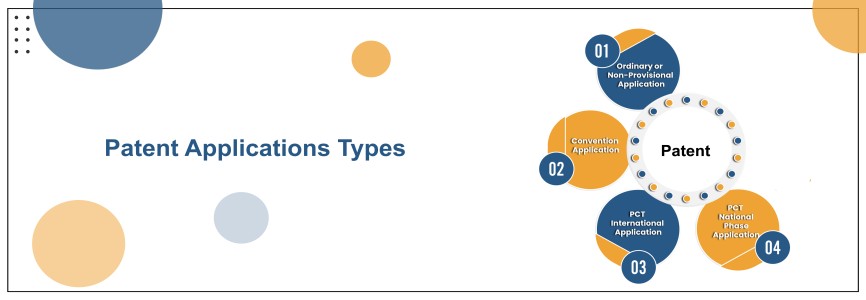




























_(b)_of_the_Trademark_Act,_1999_(1)_crop10_thumb.jpg)



_crop10_thumb.jpg)




























_crop10_thumb.jpg)
_crop10_thumb.jpg)






_crop10_thumb.jpg)








_crop10_thumb.jpg)



_crop10_thumb.jpg)





























_crop10_thumb.jpg)

















_crop10_thumb.jpg)






_crop10_thumb.jpg)












































































































































_crop10_thumb.jpg)




































_crop10_thumb.jpg)












_crop10_thumb.jpg)













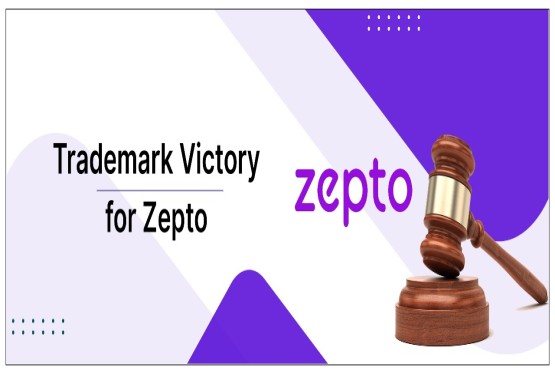




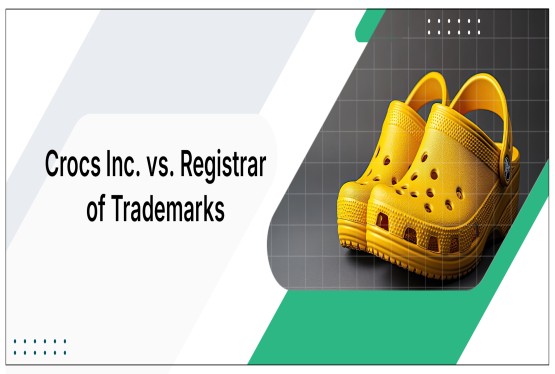




























_crop10_thumb.jpg)






